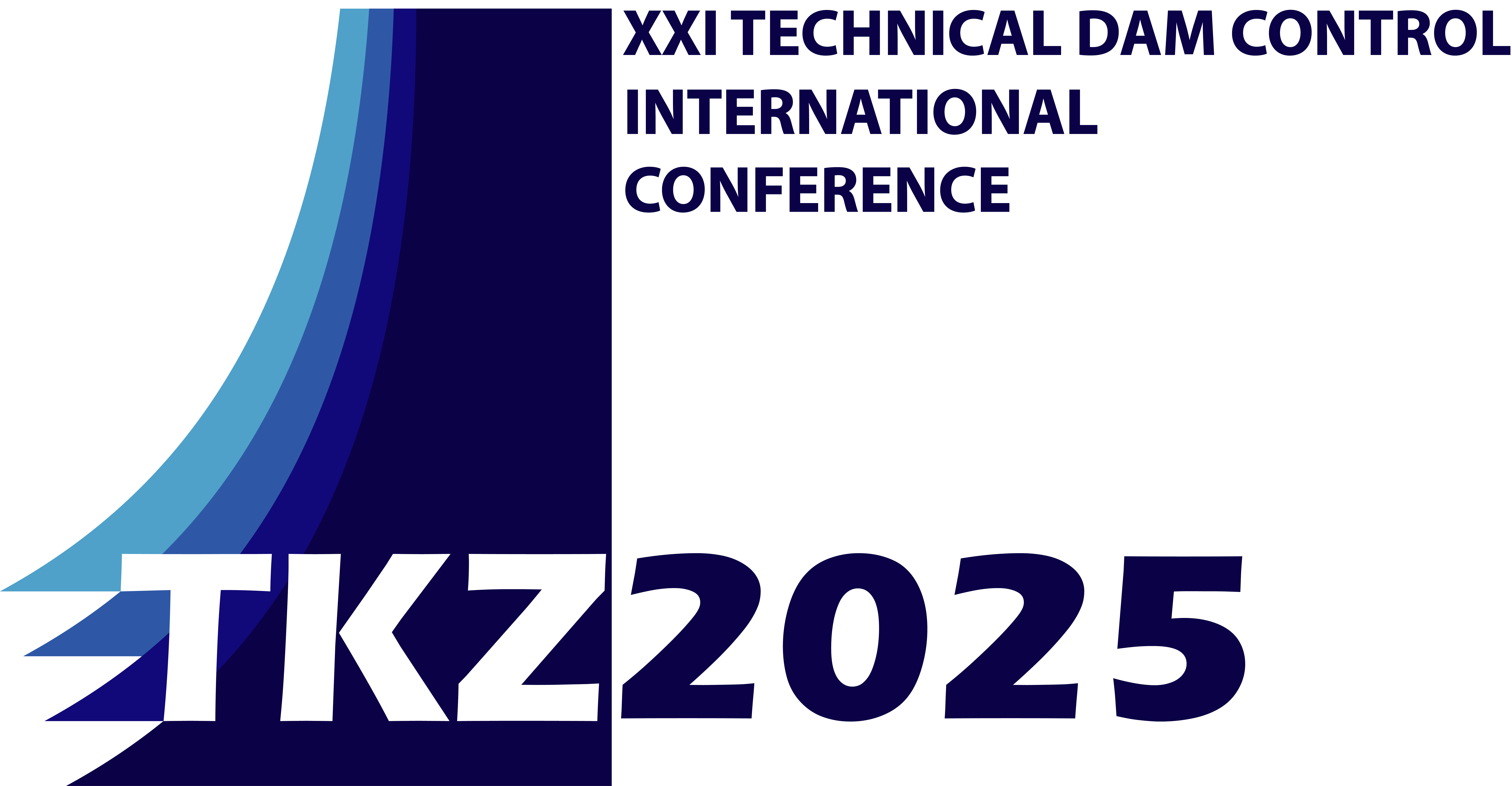XVII Technical Dam Control International Conference was held on 19-22 September 2017 in Zawoja (Lesser Poland voivodeship).
The conference organizers were:
- WARSAW UNIVERSITY OF TECHNOLOGY, FACULTY OF BUILDING SERVICES, HYDRO AND ENVIRONMENTAL ENGINEERING, DIVISION OF HYDRO-ENGINEERING AND HYDRAULICS
- DAM MONITORING CENTRE – INSTITUTE OF METEOROLOGY AND WATER MANAGEMENT – NATIONAL RESEARCH INSTITUTE
- INSTITUTE FOR APPLIED RESEARCH, WARSAW UNIVERSITY OF TECHNOLOGY LTD.
- HYDROTECHNICAL STRUCTURES DIVISION OF COMMITTEE ON CIVIL ENGINEERING AND HYDROENGINEERING OF POLISH ACADEMY OF SCIENCES
The topic of the conference was the exploitation and monitoring of dam structures. Click on link to view the archived conference programme.
Publications
All papers submitted to the conference were published in a monograph of the Polish Institute of Meteorology and Water Management (IMGW):
“Budowle piętrzące – eksploatacja i monitoring” edited by Jan Winter, Andrzej Wita, Paweł Popielski & Edmund Sieinski.

Submitted papers
Janina Zaczek-Peplinska, Krzysztof Karsznia
The use of modern geodetic surveying techniques in the technical control of dams
Mateja Klun, Andrej Kryžanowski, Dejan Zupan, Nina Humar
Introducing new technologies in dam monitoring: advance methods for better quality of structures and efficient dam safety
Jaromír Říha, Miroslav Špano
Dam safety assessment during its reconstruction
Zbigniew Kledyński, Wawrzyniec Lejman
Risk analysis for upper reservoirs of pumped storage power plants – proposition of a methodology and its sensitivity
Adrian Popovici, Cornel Ilinca, Cǎlin Bohuş
Statistical and neural network methods performances in displacements modeling of a concrete buttress dam
Tomasz Ryfa, Dagmara Zelaya Wziątek, Krzysztof Bakuła
Levee monitoring using UAV-based airborn laser scaning
Rafał Sieńko, Łukasz Bednarski, Tomasz Howiacki
Application of optical fiber sensors for structural health monitoring of hydrotechnical structures
Emília Bednárová, Barbara Kopčáková, Juraj Škvarka
Grout curtains, water pressure tests and water losses criteria
Zakaraya Alhasan, Lumír Miča, Jaromír Řiha
Comments on the Influence of Stress State on Internal Erosion
Jean-Jacques Fry, Jean-Robert Courivaud, Rémi Beguin, Cyril Guidoux
Application of fiber optics to the surveillance of canals at EDF
Maciej Wrzesiński
Critical parameters in estimating the probability of failure of river embankments – SAFEDAM project
Zbigniew Bestyński, Edmund Sieinski, Grzegorz Pacanowski
Geophysical tests in assessment of substrate conditions, technical conditions and safe operation of hydrotechnical buildings
Poláček Jiří
Historical small dams in Czech Republic
Błażej Smoliński, Paweł Popielski, Łukasz Kaczyński, Tomasz Godlewski
Differentiation of geotechnical parameters in geotube based on field and laboratory tests
Peter Gužík, Barbara Kopčáková, Štefan Vadkerti
Accident at the Gabčíkovo inflow canal
Stanislav Solskiy, Roman Orischuk, Natalia Orlova
Model of crack self-healing in clay-cement concrete diaphragm of embankment dam
Wojciech Majewski, Maciej Maciejewski
Rational approach to comprehensive use of the rivers for economic purposes on the example of the Lower Vistula
Andrzej Chrost, Łukasz Krywult, Jerzy Krywult, Anna Kosik
Monitoring of the tunnel of the Świnna Poręba dam – historical background
Jan Winter
Dry reservoirs – the role and importance in the system of flood protection
Janina Zaczek-Peplinska, Maria Kowalska
Use of terrestrial laser scanner with an integrated thermal camera in assessment of the surface condition of a downstream wall belonging to the dam in Rożnów
Konrad Kępski
Design, execution and assembly of the repair gate, applied during the replacement of servo-motors of the emergency gates in the Tresna Dam, without emptying the reservoir
Zdzisław Skutnik, Marcin Biliniak, Kazimierz Garbulewski, Alojzy Szymański
Prediction the behavior of soil cores of Czorsztyn dam and Świnna Poręba dam to assess their safety
Bartłomiej Bursa, Daniel Romaniuk, Paweł Stefanek
Slope stability analysis of KGHM Żelazny Most dams taking into account cross hole test results
Paweł Popielski, Jan Winter, Adam Kasprzak, Katarzyna Misiołek, Radosław Mieszkowski, Zbigniew Pawlak
Utilization of the local areas of ground suffusion loosening results detection in stability analysis and concept of slope protection within zone of water level changes
Agnieszka Dąbska, Stanislav Solskiy
The method of planning laboratory experiments application for the hydraulic failure of non-cohesive soil layers research
Witold Sterpejkowicz-Wersocki, Piotr Zima
Tracer studies at the Piła-Koszyce hydroelectric power stadion
Diana Egiazarova, Marina Kordzakhia, Ioseb Kinkladze, Radosław Radoń, Michał Piórecki
Analiza zagrożenia powodziowego w dolinie rzeki Aragvi na wypadek awarii zapory zbiornika wodnego Zhinvali
Szczepan Ludwik Dąbkowski
The permeable dams for dry retention water reservoirs
Małgorzata Wojtkowska
Chemical characterization of bottom sediments of Zegrzyńskie Lake
Katarzyna Celarek, Tomasz Szczepański (MC-Bauchemie Sp. z o.o.) – sponsored paper
Methodology of repair of hydraulic structures. Sealing of major structural joint
Antoni Bojarski, Paweł Opaliński, Piotr Przecherski
Operating and safety conditions of hydraulic structures in terms of climate change
Agnieszka Machowska
Binder for mass concrete
Stanisław Naprawa
Recognition of flow regimes in erosive river channels
Jan Winter, Anna Kosik
Abrasive processes in reservoir shores of dam reservoir
Urszula Dmitruk, Agnieszka Jancewicz, Urszula Stawiecka, Hubert Dąbrowski
The occurrence of selected flame retardants in bottom sediments of Klimkówka reservoir
Stanisław Naprawa
Operational problems with bridge cranes rails in power plants and steel flat gates in hydraulic headworks
